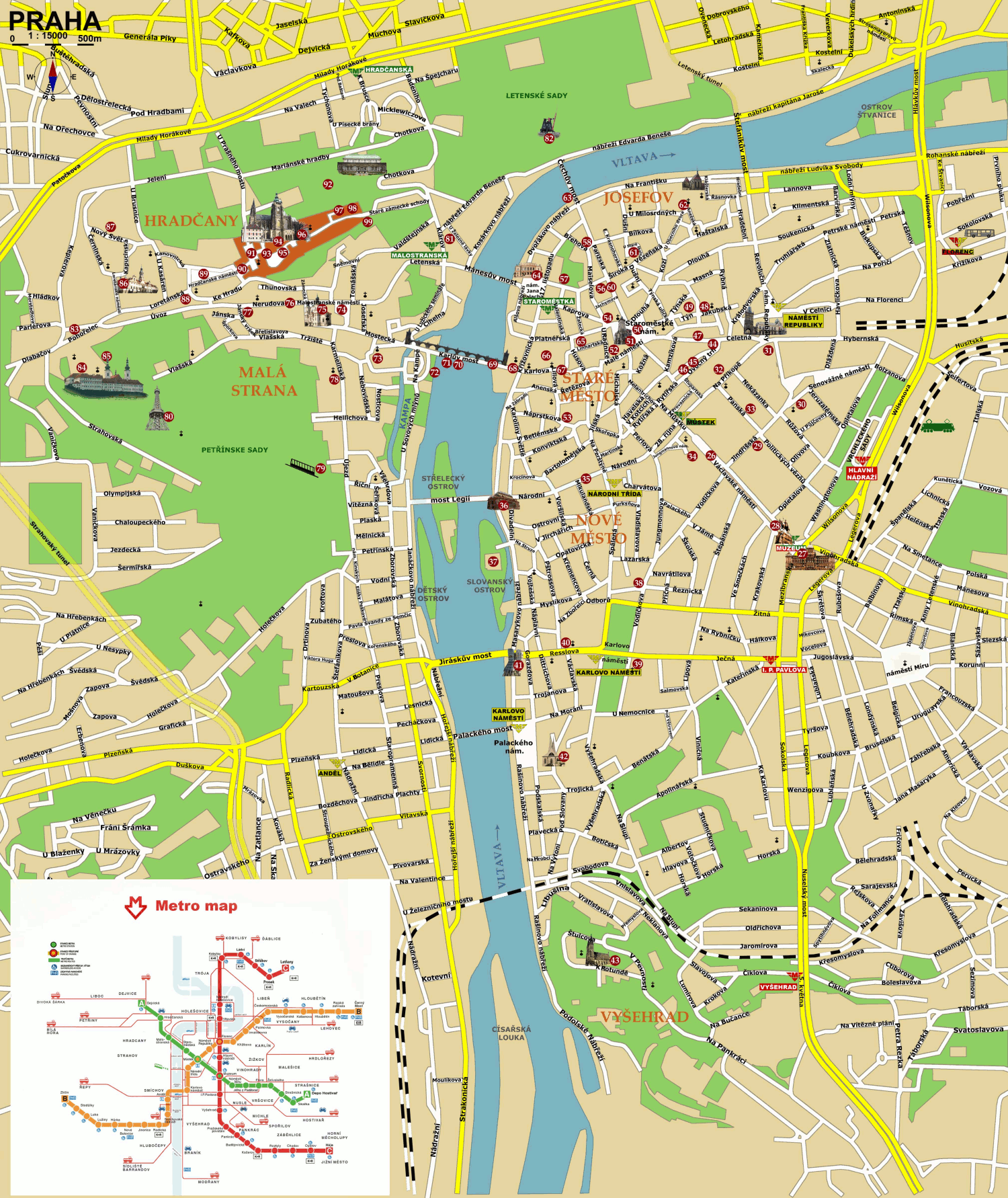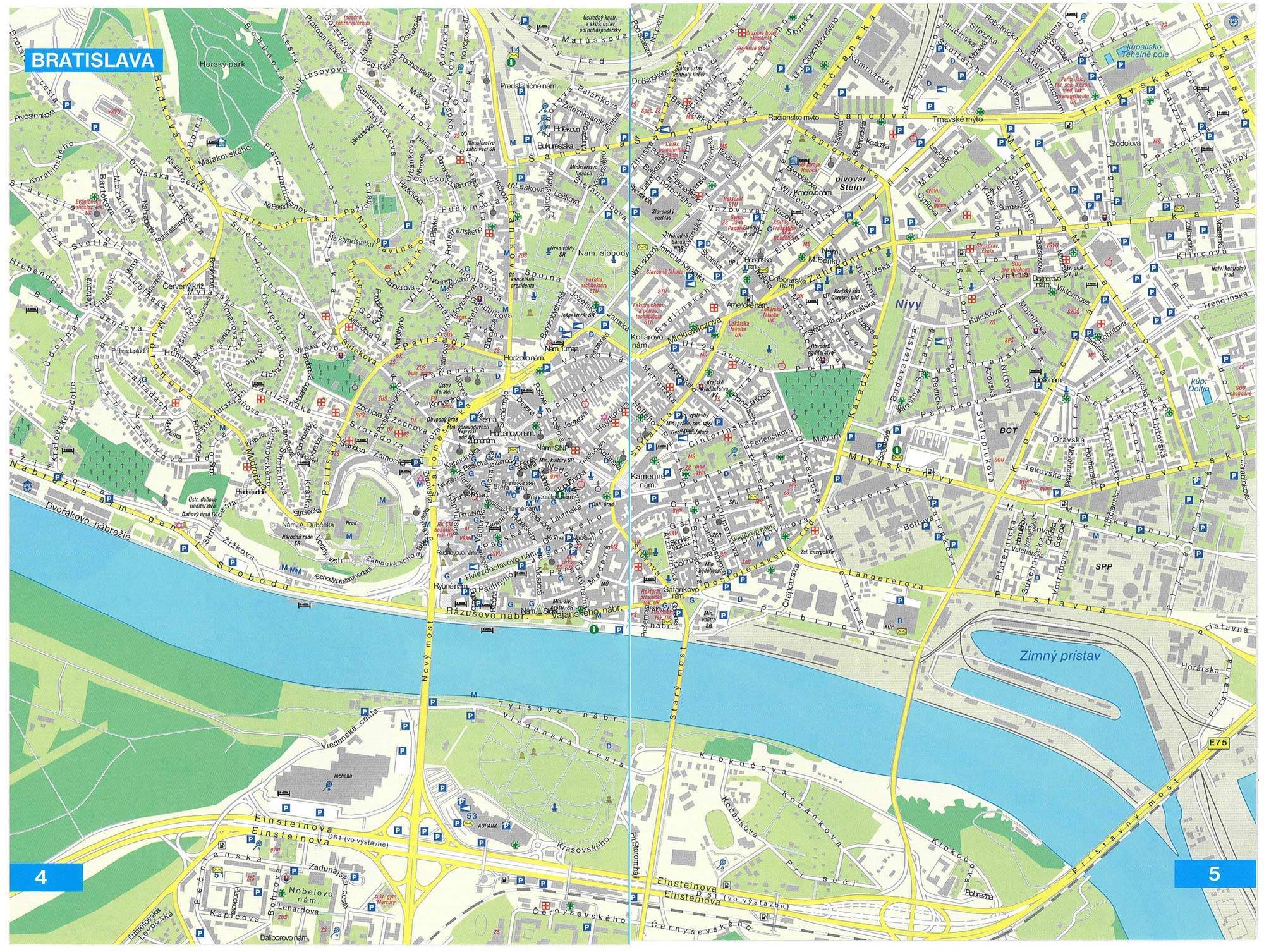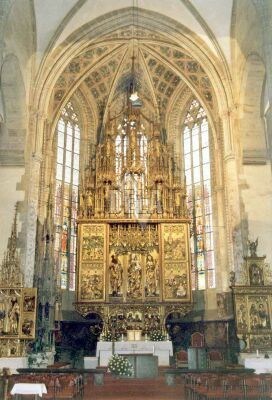Dear Teachers,
In my last post, I wrote about how ancient Greeks used olive oil as a form of currency. If you're interested in sharing more about barter as currency with your students, check out this great lesson!
It is designed for upper elementary students and it has a really fun activity to help students learn about the benefits of using money instead of barter. You can find the lesson on the St. Louis Federal Reserve website here.
In my last post, I wrote about how ancient Greeks used olive oil as a form of currency. If you're interested in sharing more about barter as currency with your students, check out this great lesson!
It is designed for upper elementary students and it has a really fun activity to help students learn about the benefits of using money instead of barter. You can find the lesson on the St. Louis Federal Reserve website here.







































